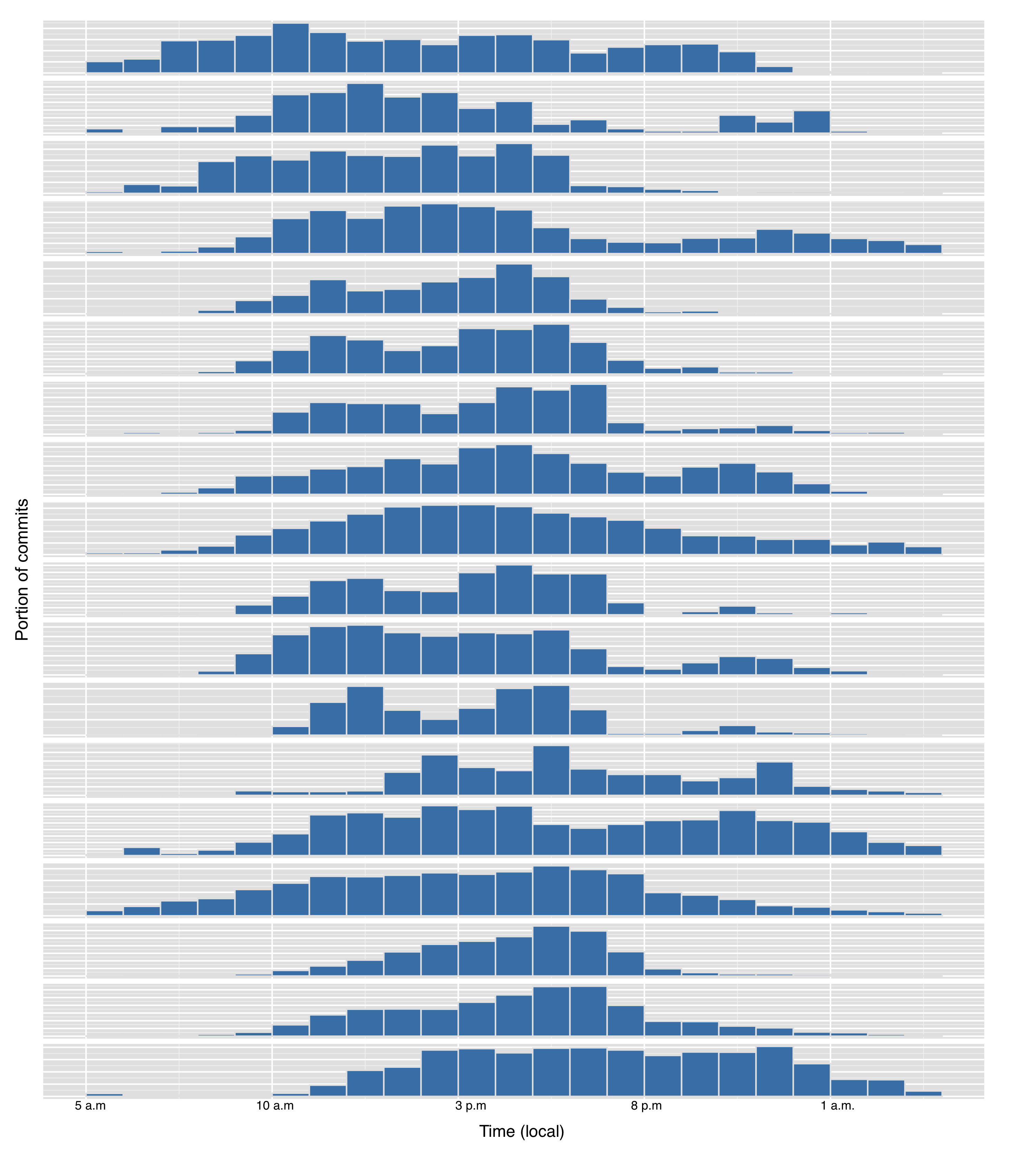There’s been some speculation that we significantly increased the amount of posts here on SvN in the build up to the launch of the new Basecamp, and in particular that we targeted the front page of Hacker News for those articles. Some people aren’t happy about this.
I’d like to bring a little context and fact to bear on this to put these speculations to rest.
In the month before the launch of the new Basecamp, we published 25 posts here on Signal vs. Noise. For comparison, during the same period in prior years, we published (before 2007 we used a different blogging engine, so I don’t have those numbers handy):
- 29 posts in 2011
- 50 posts in 2010
- 36 posts in 2009
- 49 posts in 2008
- 42 posts in 2007
Relatively speaking, this was actually a pretty low level of posting activity for us. During all the years prior to this one in that period, we were also maintaining a separate product blog, whose posts aren’t included in these totals.
During that period, there were 24,826 first time visitors to any of our sites who we could identify as having first gotten to us via Hacker News (in all, we received more like 105,000 unique visitors from Hacker News, but many of those were repeat visitors). 97 of those visitors signed up, with more than 85% of them electing the free plan. This conversion rate pales compared to our average conversion rate, particularly for non-search-engine traffic.
When all is said and done, what’s our likely financial outcome from Hacker News visitors for those 25 posts? About $300 total per month.
We typically write on SvN because we have an announcement to make, or because we have something we’re thinking about that we’d like to share.
Do we benefit from other people noticing our blog posts and linking them up from their blogs or other outlets? Absolutely – we’ve been talking about the power of word-of-mouth marketing for almost a decade.
As a writer, do I like it when more people read what I’ve written? Sure.
Is there any business value for us in getting on the front page of Hacker News? Not really.
Upvote us, downvote us, ignore us – I don’t care, but I hope you’ll make that decision based on the merits of the content of a given post, not because you think we’re trying to manipulate the front page of Hacker News for our gain.

